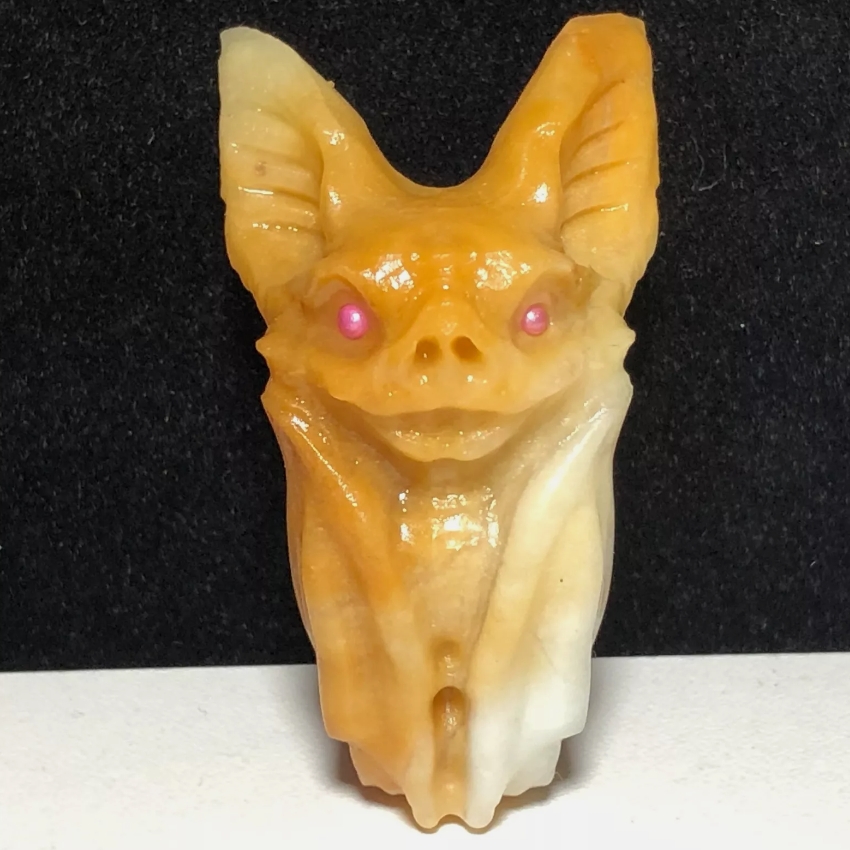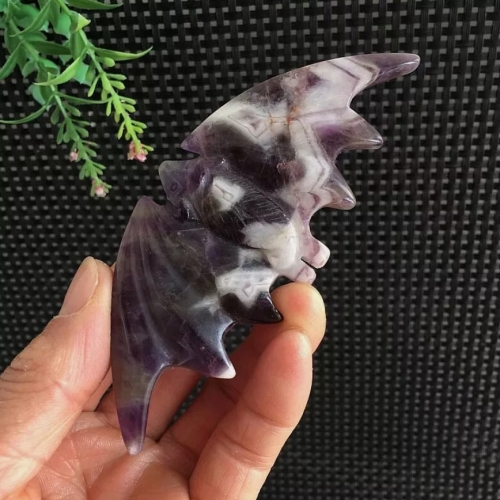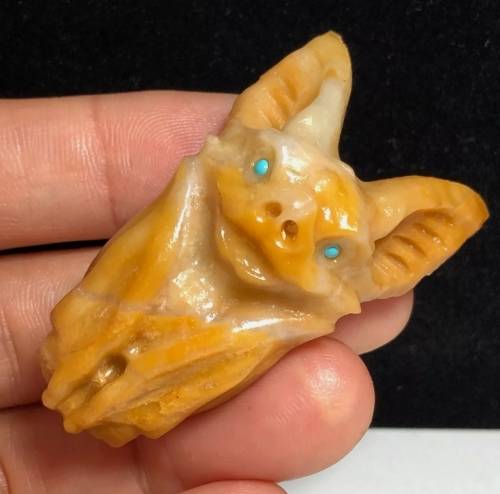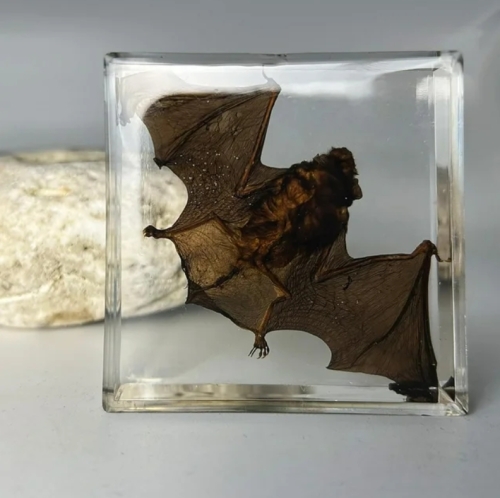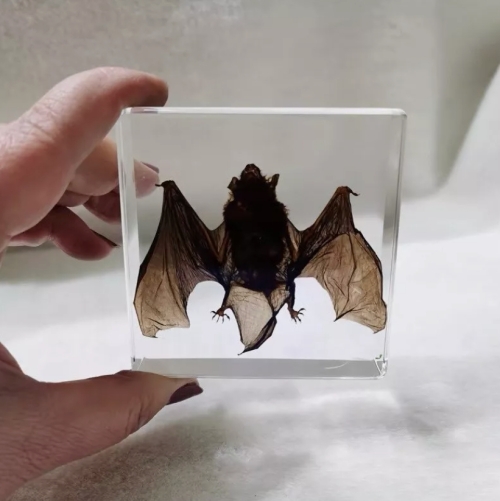Bats are mysterious and fascinating creatures, and as the only mammals that can fly, they play an important role in the ecosystem. Bat specimen is an important tool to study and understand this kind of animal, through their anatomy and observation, we can get rich biological information. The diversity and special physiological characteristics of bats make their specimens extremely valuable in scientific research and education.
Bat specimens are usually kept in dried or bleached form to avoid damage due to decay or insect infestations. The taxidermy process requires careful treatment of the bat's skin, muscles and bones to preserve its unique morphological characteristics. In addition, the label information on the specimen is also crucial because it contains data on the bat's classification, where and when it was captured, which is indispensable for both ecology and biodiversity research.
By looking at bat specimens, researchers can analyze their physiology, such as the structure of their wings, the shape of their ears, and the characteristics of their teeth. These subtle differences often reflect the adaptations and ecological niches of different species. For example, some bats have long, wide wings that are suitable for fast flight to catch insects, while others have shorter wings that are better suited for moving nimbly between trees.
Bats primarily feed on insects in the ecosystem, and their numbers can significantly affect pest population control. Therefore, understanding the living habits and population dynamics of bats is of great significance for maintaining ecological balance. Studies of bat specimens have also revealed their interrelationships with photosynthetic plants, and the contribution of bats to pollination and seed dispersal cannot be ignored.

